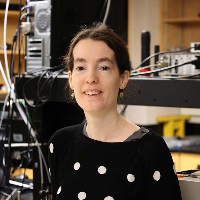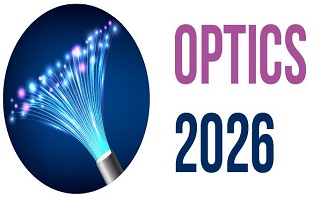3rd International Conference on
Optics and Laser Technology
October 29-30, 2026 | Berlin, Germany

Optics 2026

University of Saskatchewan, Canada
Abstract:
In plant light-harvesters, large numbers of chlorophyll chromophores work in tandem to absorb and transport photonic energy quickly and efficiently to the plant’s reaction centre. These molecules avoid concentration quenching and other deleterious effects due to the presence of protein scaffolds that precisely control their relative distance and orientation. This has inspired our studies into tuning molecular coupling, such that biexcitonic energy-transfer pathways are preferably accessed, in aromatic ring structures.
We have focused on molecular upconversion and singlet fission as these modes of energy transfer have the potential to transform the light-collection and energy-transfer efficiencies of solar-harvesting devices. Molecular upconversion allows for the absorption and transformation of otherwise-wasted near-infrared solar radiation, while singlet fission multiplies the available photoexcitations.
Recently, we have controlled molecular upconversion in metalloporphyrins using polymers as scaffolds and probed the resulting dynamics with ultrafast spectroscopic techniques, such as fluorescence upconversion. The rigidity of the polymer backbone and the distance between the pendant porphyrins played a dominant role in the overall upconversion efficiency.
Singlet fission is less well understood than the
upconversion process. Hence, we are exploring the potential of azulene
derivatives, such as calix[4]azulene, to be a new class of singlet-fission
materials. This will help us to unravel the precise energy-transfer mechanism
involved and design improved singlet-fission materials.
Biography:
I am an assistant professor in
the Chemistry Department in the University of Saskatchewan. My background and
expertise lies in ultrafast spectroscopy. I received a PhD from Oxford
University and undertook a postdoc at the Max Planck Institute for Structure
and Dynamics of Matter/University of Toronto. My postdoctoral work focused on
two-dimensional femtosecond electronic spectroscopy of light-harvesting
complexes. My current research group follows two main themes. We are primarily
interested in probing energy transfer and charge transfer in conjugated. Our
other research theme is based on controlling molecular interactions with DNA
origami scaffolds.
